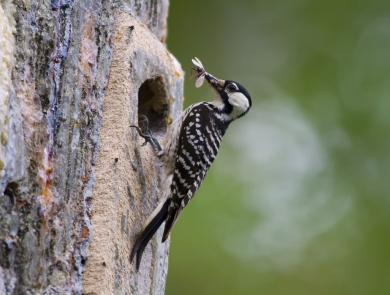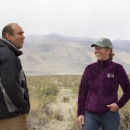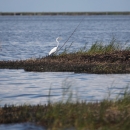We administer the Endangered Species Act, working with experts in the scientific community to identify species on the verge of extinction and to build the road to recovery to bring them back. We work with our partners in federal and state agencies, tribes, local governments, the business community, and private citizens, to help protect important habitat, and help increase species' populations and reduce the threats to their survival so that they can be removed from federal protection.
About Us
The Virginia Ecological Services Office is located in Gloucester, Virginia. We have an office located in Abingdon, Virginia (Southwestern Virginia Ecological Services Office) and two biologists located remotely at Virginia Tech in Blacksburg, Virginia.
What We Do
The Virginia Ecological Services Office works with partners to recover threatened and endangered species, investigates the effects and clean-up of contaminants and helps restore polluted habitats, ensures that fish and wildlife resources are considered by agencies during project planning and structure construction, and partners with private landowners to restore fish and wildlife habitats.











